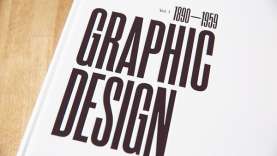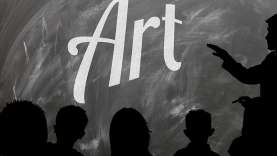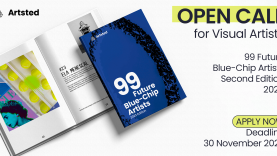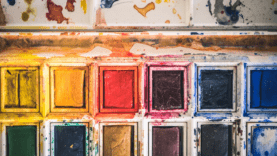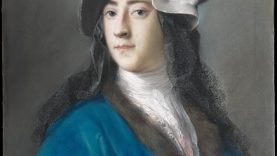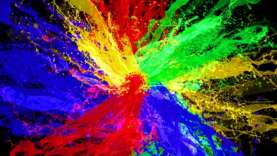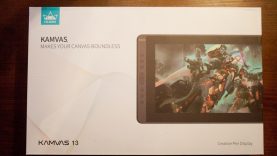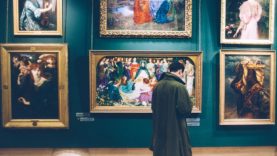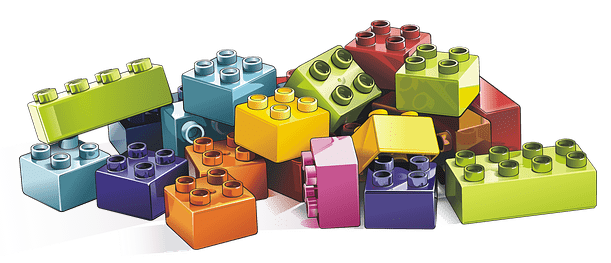
What Are the Different Types of Illustration?
Artists use many different types of illustration in their work. Some illustrations are more realistic, while others are more abstract. The type of illustration that an artist uses depends on their personal style and the message they are trying to communicate. Depending on the project, an artist may use a combination of different techniques to create the final product.
The most common types of illustration are:
- Editorial Illustrations
Editorial illustrations are often used to accompany articles or stories in newspapers, magazines, or online publications. They can be used to add visual interest, provide information, or express an opinion.
The artist strives to capture the essence of the article in one image and must be able to tell a story quickly and effectively.
- Advertising Illustrations
Advertising illustrations are used to sell products or services. They are often more graphic and attention-grabbing than editorial illustrations, as they need to stand out in a sea of other ads.
They may be used in print ads, online ads, or even on billboards. The artist must be able to capture the attention of the viewer and communicate the message of the product clearly.
- Concept Art
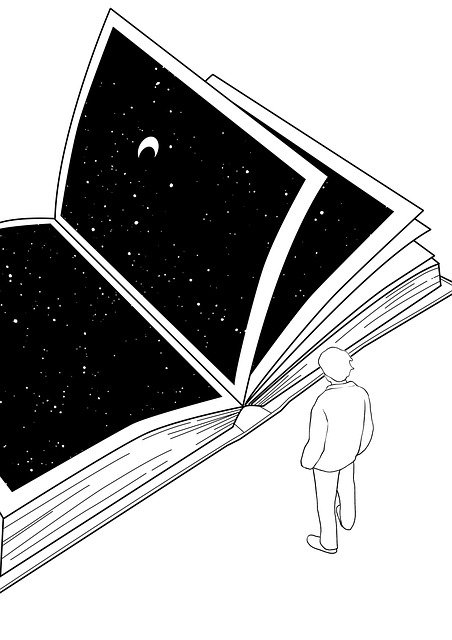
Concept art is used to visualize ideas or stories before they are brought to life. This type of illustration often requires a lot of creativity, as the artist must be able to come up with new and interesting ideas that are accurate to the concept.
It is often used in the development process of video games, movies, and other forms of entertainment. The artist must be able to translate the idea into a visual form that others can understand. This could be anything from characters and locations in a video game to sets and costumes in a movie.
- Fashion Illustration
Fashion illustration is used to sell clothing and accessories. The artist must be able to capture the look and feel of the clothing, as well as the mood of the customer.
This type of illustration is often used in fashion magazines, online retailers, and even in advertising campaigns. They may also be used to design garments or create patterns.
The artist must have a good understanding of human anatomy and proportions in order to make the clothing look flattering on the model. They must also be up-to-date on the latest fashion trends.
- Technical Illustrations
Technical illustrations are used to visualize instructions or ideas that require a high level of accuracy. This type of illustration is often used in manuals, textbooks, and online tutorials.

The artist must have a strong understanding of the subject matter, as well as be able to create illustrations that are easy to understand. They must also be able to work within the constraints of the project, such as size and space restrictions.
This type of illustration often requires a high level of detail, as the artist must be able to explain the function of each part accurately. They may also need to include annotations or labels to further explain the concept.
- Infographics
Infographics are often used to make complex information easier to understand or to present data in an interesting and visually appealing way. They can be used to explain a wide variety of topics, such as statistics, data sets, or processes.
The artist must be able to take the data and turn it into a visually stimulating image that is easy for the viewer to understand. They may use a combination of illustration styles including charts, graphs, and other visual aids to convey the information in a clear and concise way.
- Children’s Book Illustration
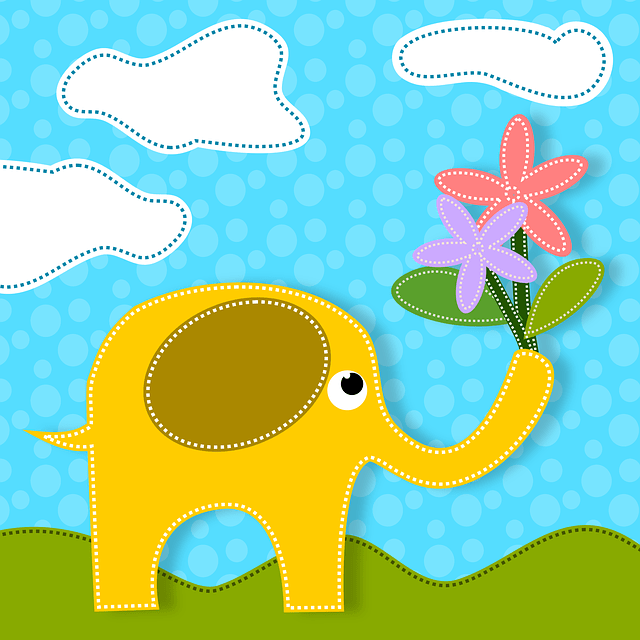
Children’s book illustration is used to tell a story or convey information in a format that is specifically designed for children. The artist must be able to capture the attention of the child and hold their interest throughout the book.
This type of illustration often uses bright colors and simple shapes to appeal to the child’s senses. The artist must also be able to create illustrations that are easy to understand and relate to the story. They may also need to include educational elements, such as counting or the alphabet.
Conclusion
There are many different types of illustrations that can be used for a variety of purposes. The artist must be able to choose the right type of illustration for the project, as well as have a strong understanding of the subject matter.
Each type of illustration has its own set of challenges that the artist must be prepared to face. With practice and experience, any artist can become a master of illustration.



